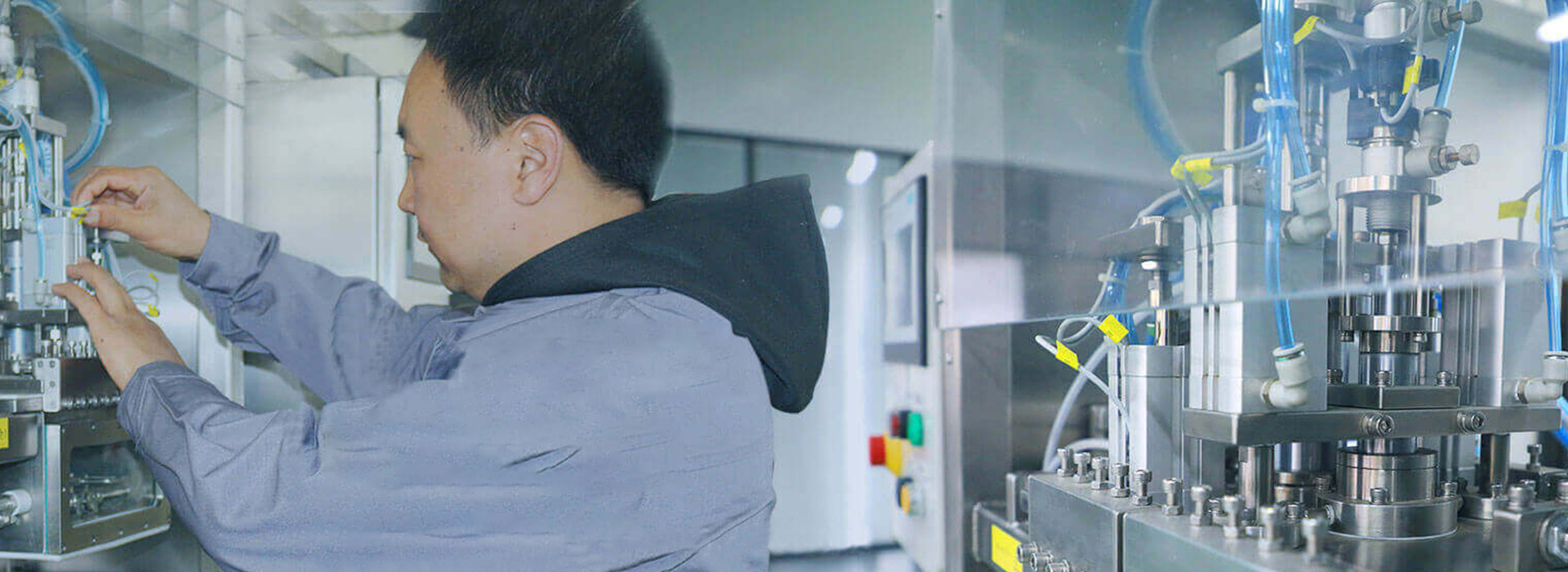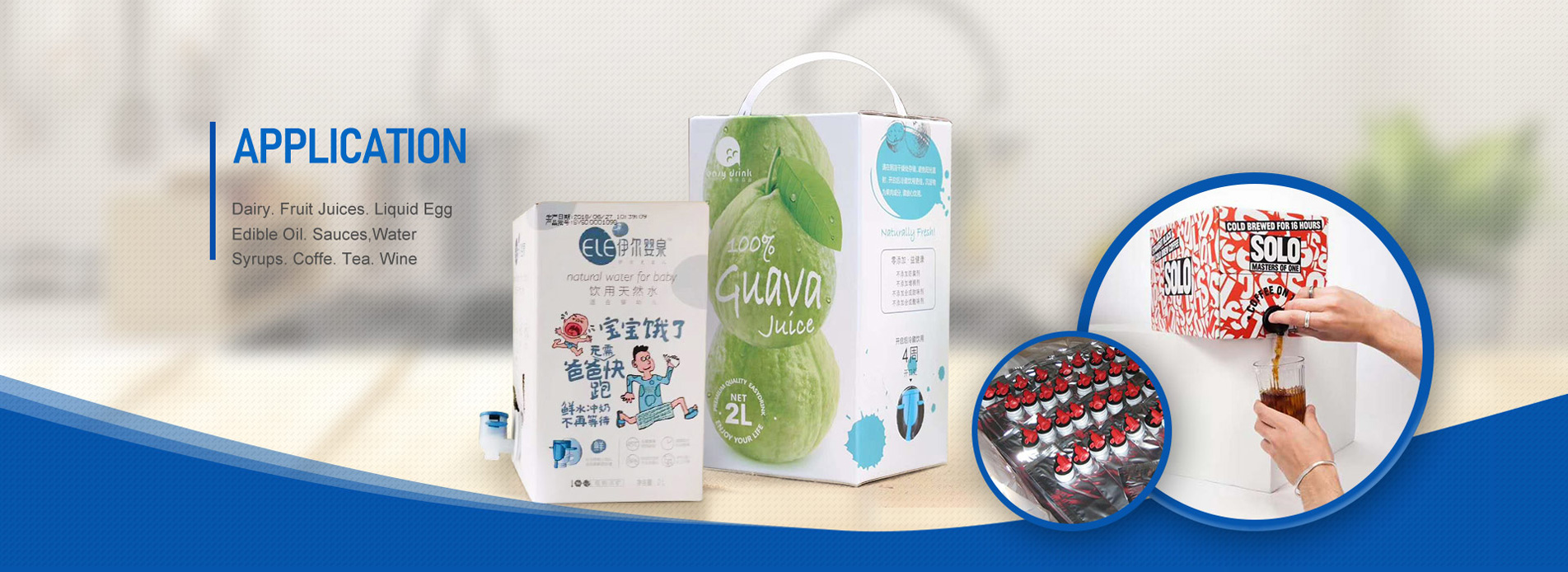The global bag-in-box containers market is expected to grow from $3.37 billion in 2020 to $3.59 billion in 2021 at a compound annual growth rate (CAGR) of 6.4%. The growth is mainly due to the companies resuming their operations and adapting to the new normal while recovering from the COVID-19 impact, which had earlier led to restrictive containment measures involving social distancing, remote working, and the closure of commercial activities that resulted in operational challenges. The market is expected to reach $4.56 billion in 2025 at a CAGR of 6.2%.
The bag-in-box containers market consists of sales of bag-in-box containers by entities (organizations, sole traders and partnerships) that manufacture bag-in-box containers. A bag-in-box is a kind of container for the distribution and preservation of liquids and is a viable option for packaging juice, liquid eggs, dairy, wine and even non-food products such as motor oil and chemicals.
The bag-in-box containers market covered in the report is segmented by material type into low-density polyethylene, ethylene vinyl acetate, ethylene vinyl alcohol, others (nylon, polybutylene terephthalate); by capacity into less than 5 litres, 5-10 litres, 10-15 litres, 15-20 litres, more than 20 litres; by application into food & beverages, industrial liquids, household products, others.
North America was the largest region in the bag-in-box containers market in 2020. The regions covered in this report are Asia-Pacific, Western Europe, Eastern Europe, North America, South America, Middle East and Africa.
The increasing demand for plastic bottles in the soft drink industry is expected to hamper the growth of the bag-in-box containers market in the coming years.Plastics tend to do more with less in many aspects, and when it comes to packaging, plastics frequently allow producers to deliver more goods with less packaging content.
The highly flexible, lightweight containers built of plastic or plastic-and-foil composites can use up to 80% fewer materials than conventional bag-in-box containers.For instance, around 3 million tonnes of plastic bottles (close to 200,000 bottles per minute) are manufactured annually by the drinks giant Coca-Cola.
Therefore, the increasing demand for plastic bottles in the soft drink industry restrains the growth of the bag-in-box containers market.
In February 2020, Liqui Box Corp, a US-based packaging company acquired DS Smith for an undisclosed amount.The acquisition of DS Smith’s flexible packaging businesses provides a strong platform to further expand Liquibox’s leading value proposition into emerging growth markets, such as coffee, tea, water, and aseptic packaging.
Post time: May-26-2021







